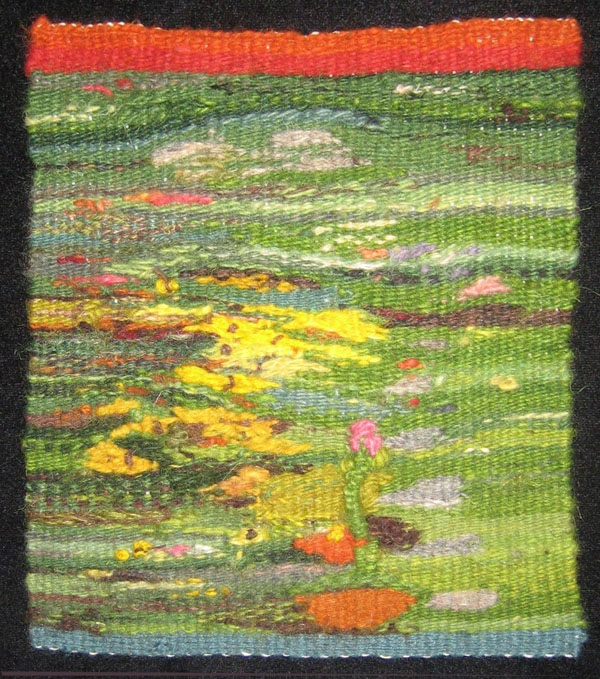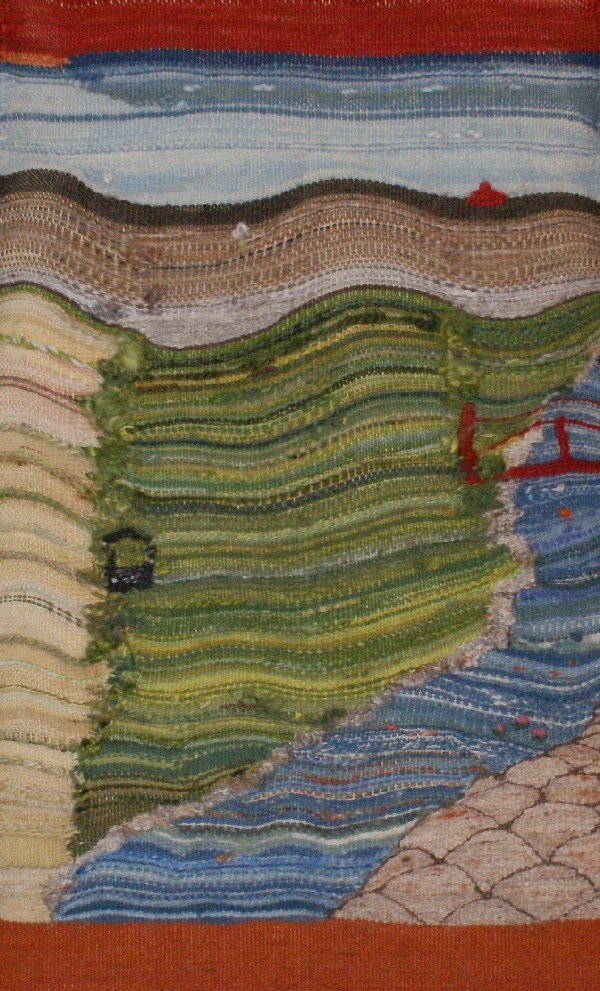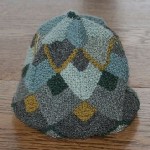Returning To Art
By Judith Musick, Ph.D.
Many individuals are drawn to an art or craft for the first time in their later years, not simply as observers, but as practitioners—participants in the artistic process. They find satisfaction, stimulating challenges, personal awakening and previously untapped talents as they explore and expand their skills. Clearly, for older people, discovering and developing new abilities is a positive and life-affirming experience.
While much has already been written about those who embrace the arts in later life, it tends to concern men and women whose work was in fields other than craft or art—doctors who become potters, businesspeople who become painters, etc. One of my long-time friends, a former travel agent, is now an accomplished sculptor, and another, a clinical social worker, is a talented and original mosaic artist.
On the other hand, for some older people, it is actually a return to art—coming "home" to an avocation or vocation that had to be put away or put in second place for a time. The idea of a continuing thread from past to present is one that is seldom discussed, but as a developmental psychologist and "returned" fiber artist myself, this is the notion I find most compelling. When one embraces again what was put aside, or practiced only periodically because of the demands of work or parenthood or circumstance, a special creativity reemerges and evolves, or perhaps takes a different form. In broadening one's areas of interest, and mastering new disciplines and techniques, a new sense of self emerges as well. This is especially significant when one is older in our modern societies, where the images of what it means to be old are often so negative, or, at best, so patronizing.
A number of people I know have returned to the arts. Joan, a close friend, was interested in art from early on, although the emphasis at her college (Radcliff) was more on art history than on applied art in the late fifties. She attended art school in London until her first child was born, and then took up painting again in a part-time way in the early sixties. She paused once more to attend graduate school, first becoming a pre-school teacher, and later a professor of child development. Then, during her phased retirement, she began painting again, and within a few years became a full-time artist, studying different approaches and fusing her painting with collage to create a remarkable body of work. Donna, another close friend was forced to abandon a career as a painter, photographer, and recent architecture graduate because of sudden and serious financial reverses. She needed to make more money, and fast! Within a short time, she became a (very successful) real estate agent, working for over twenty years in that field before she was able to retire. Today she creates extraordinary art that combines photography with watercolor painting.
I learned early to knit, crochet and needlepoint, and think I loved it so much because choosing and varying color was a central element of the process. So I have been "playing around with" yarns and color since I was very small, and even during the busiest times of my professional life I would knit "story afghans" or colorful idiosyncratic scarves for friends and family. Taking up tapestry weaving ten years ago, as my professional work began to allow me greater flexibility, I found more time to immerse myself in color. Studying natural dyeing with Pamela Feldman then took me a step beyond where I had been, and learning to "make color" felt like something I had been waiting for my entire life. I continue to study and learn, knowing I will never master this complex process, but also knowing that this challenge makes it even more exciting.
Tapestry, natural dyes and mixed natural fibers, 9" x 12", 2007

By nature I am basically an experimenter rather than a technically precise person, but I get to function as both when dyeing the yarns that are integral to my tapestry work. Learning and adhering to the discipline of measuring, weighing and figuring out how much dyestuff is needed, mordanting, and making dye out of raw plants—these procedures are often difficult for me. At the same time, they confer a sense of accomplishment and overcoming obstacles in my own character.
As a developmental psychologist, I view dyeing and weaving as processes that foster development. They present creative challenges, and call for new technical skills and the courage to go beyond what is easy and known. In so doing, they help us move forward, rather than stand still. Further, the use of natural materials keeps us connected to nature, providing inspiration, connectedness to the universe, and solace, especially in later life when there are so many losses. My garden yields marigolds, hibiscus, and a host of other flora to put in the dye pot. My sister-in-law sends sumac berries and other plants from her North Carolina garden. I look forward to playing my part in the transformations that take place from plant to dye to the richly colored yarns in the tapestries I will weave.
Finally, there is the issue of identity in later life. In returning to art, a sense of self as artist or artisan can provide compensations for what one gives up in other areas. The sense of self as artist or artisan remains as part of one's identity—an important aspect of who one is that has always been there, but now is reclaimed and continues to evolve. Different from a new identity, it may represent one's truest self. When Joan and Donna show and write and speak about their work, their reclaimed and evolving identities are strongly present, and unmistakable. When I lost my husband four years ago, my reclaimed artistic identity was the rudder that helped me navigate a new course across dangerous waters.
|
Memories of Japanese Gardens.
Tapestry, natural and synthetic dyes and mixed natural fibers, 18" x 30", 2008 |
||
 Photograph Copyright by Judith Musick
|
||
 Turkey Red Journal
Turkey Red Journal
